Ukraine uses facial recognition to send photos of dead Russian soldiers to their families
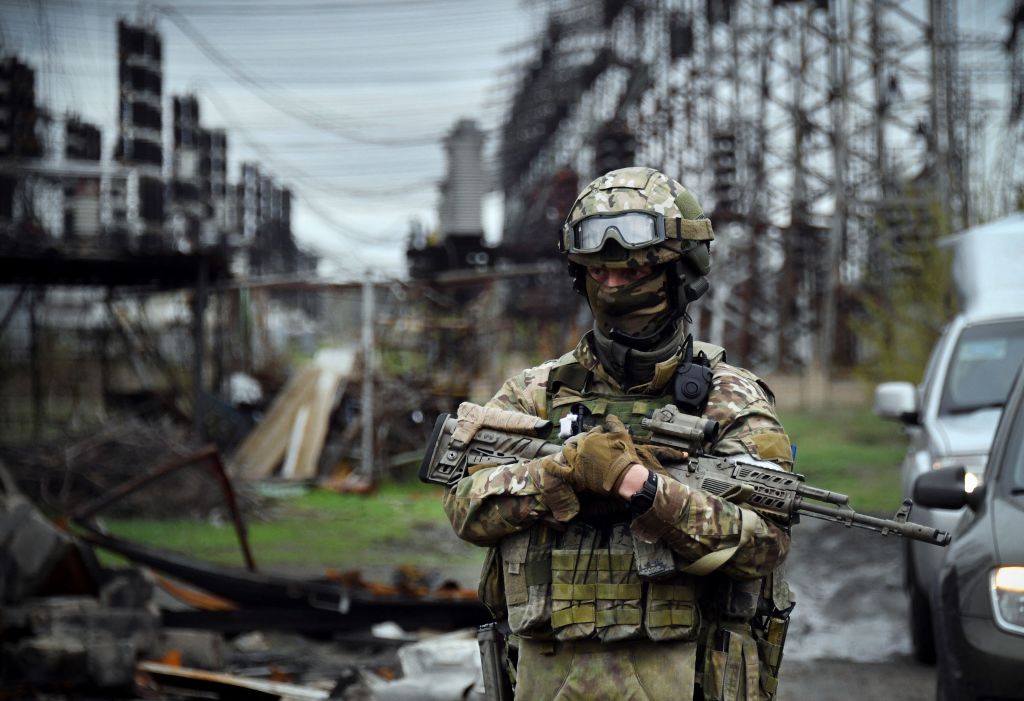

Ukraine's IT Army, a government-directed force of volunteer hackers, is using facial recognition technology to identify dead Russian soldiers and send photos of the corpses to their families, The Washington Post reported Friday.
In a Telegram video reminiscent of those produced by the hacker group Anonymous, IT Army explained the process. "As a dead body is found and a photo of its [sic] made, AI will look for the accounts in social media as well as the accounts of a friend, relative, if there are joint photos in internet. Next, we notify a beloved one about the death of a soldier and attach a photo of the body. As of now, we have managed to identify 582 abandoned corpses and inform relatives," the English subtitles read.
IT Army also accused the Russian military of "leaving their dead comrades on the battlefield to rot." The distorted voice narrating the video goes on to claim that Russia's "first Chechen war was stopped by Russian mothers" and implores Russians to "[s]top killing your children now."
The Week
Escape your echo chamber. Get the facts behind the news, plus analysis from multiple perspectives.

Sign up for The Week's Free Newsletters
From our morning news briefing to a weekly Good News Newsletter, get the best of The Week delivered directly to your inbox.
From our morning news briefing to a weekly Good News Newsletter, get the best of The Week delivered directly to your inbox.
Writing for The Week last month, Jason Fields noted that the First Chechen War, fought between 1994 and 1996, was "hugely unpopular" in Russia and exposed the weakness of Russia's post-Soviet military.
The facial recognition technology — and training on how to use it — has been provided to Ukraine free of charge by Clearview AI CEO Hoan Ton-That. According to The New York Times, Ukrainian officials have previously used the technology to verify the identity of Russian prisoners of war and to search for potential saboteurs.
A free daily email with the biggest news stories of the day – and the best features from TheWeek.com
Grayson Quay was the weekend editor at TheWeek.com. His writing has also been published in National Review, the Pittsburgh Post-Gazette, Modern Age, The American Conservative, The Spectator World, and other outlets. Grayson earned his M.A. from Georgetown University in 2019.
-
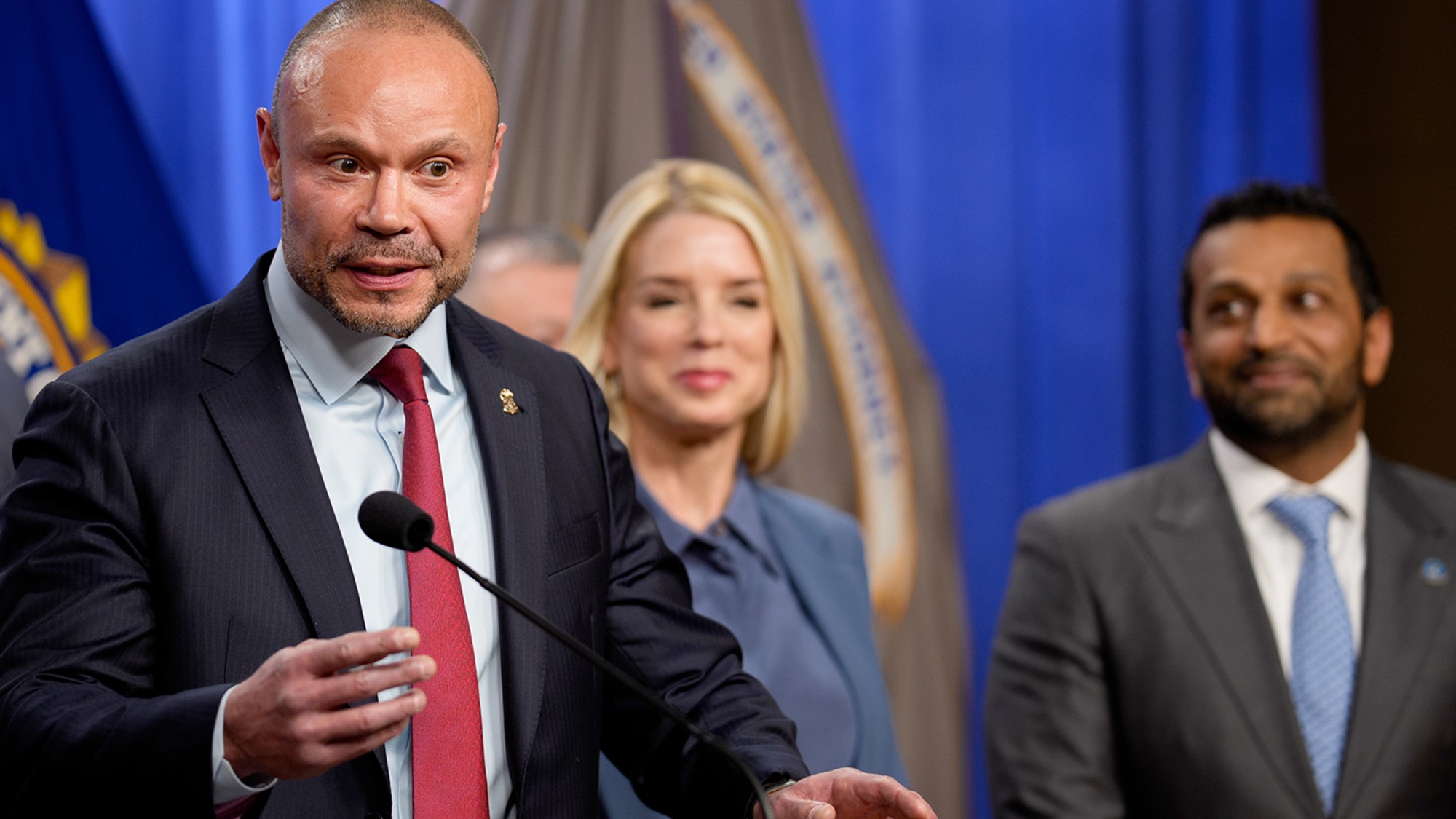 Pipe bombs: The end of a conspiracy theory?
Pipe bombs: The end of a conspiracy theory?Feature Despite Bongino and Bondi’s attempt at truth-telling, the MAGAverse is still convinced the Deep State is responsible
-
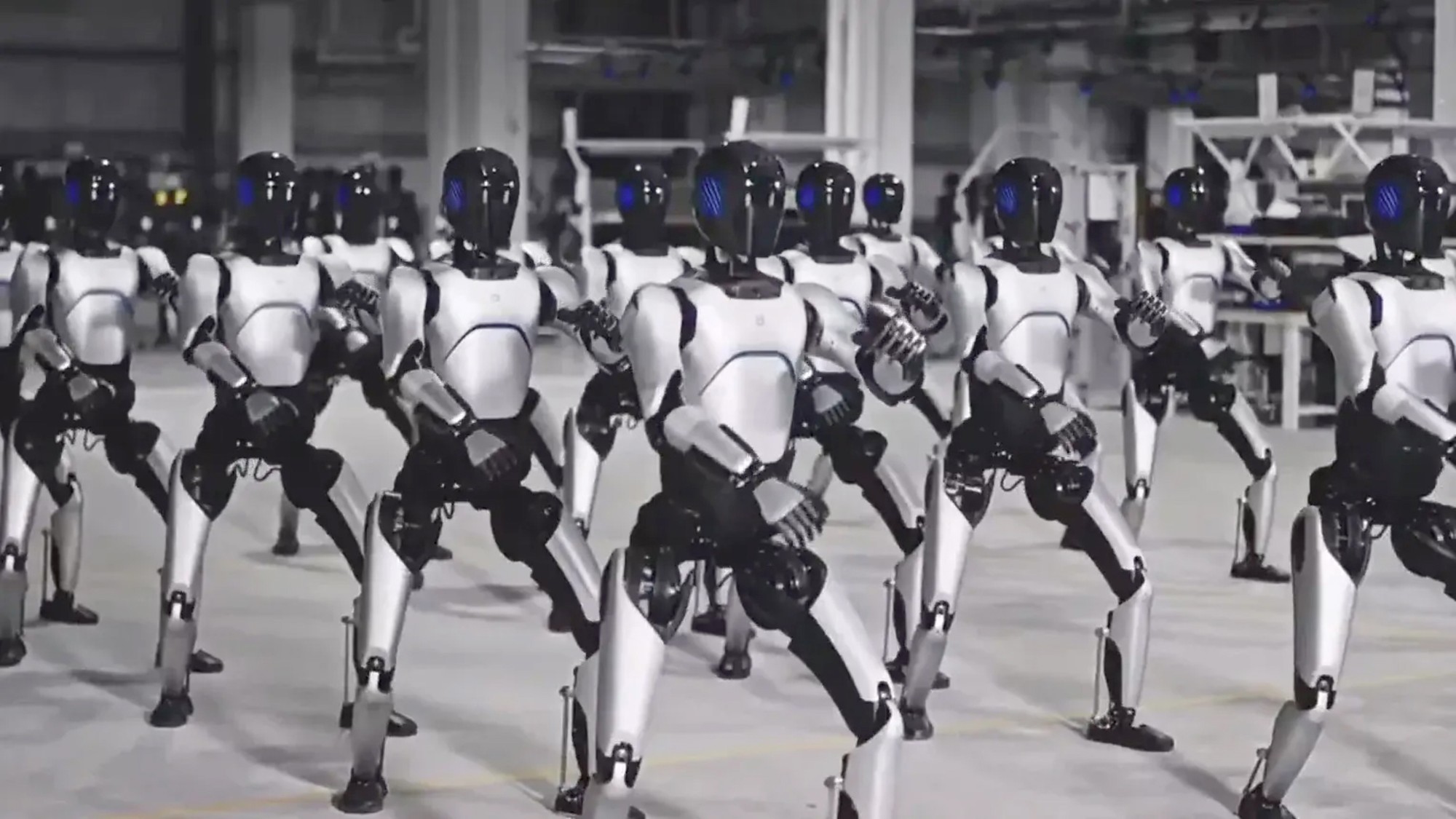 The robot revolution
The robot revolutionFeature Advances in tech and AI are producing android machine workers. What will that mean for humans?
-
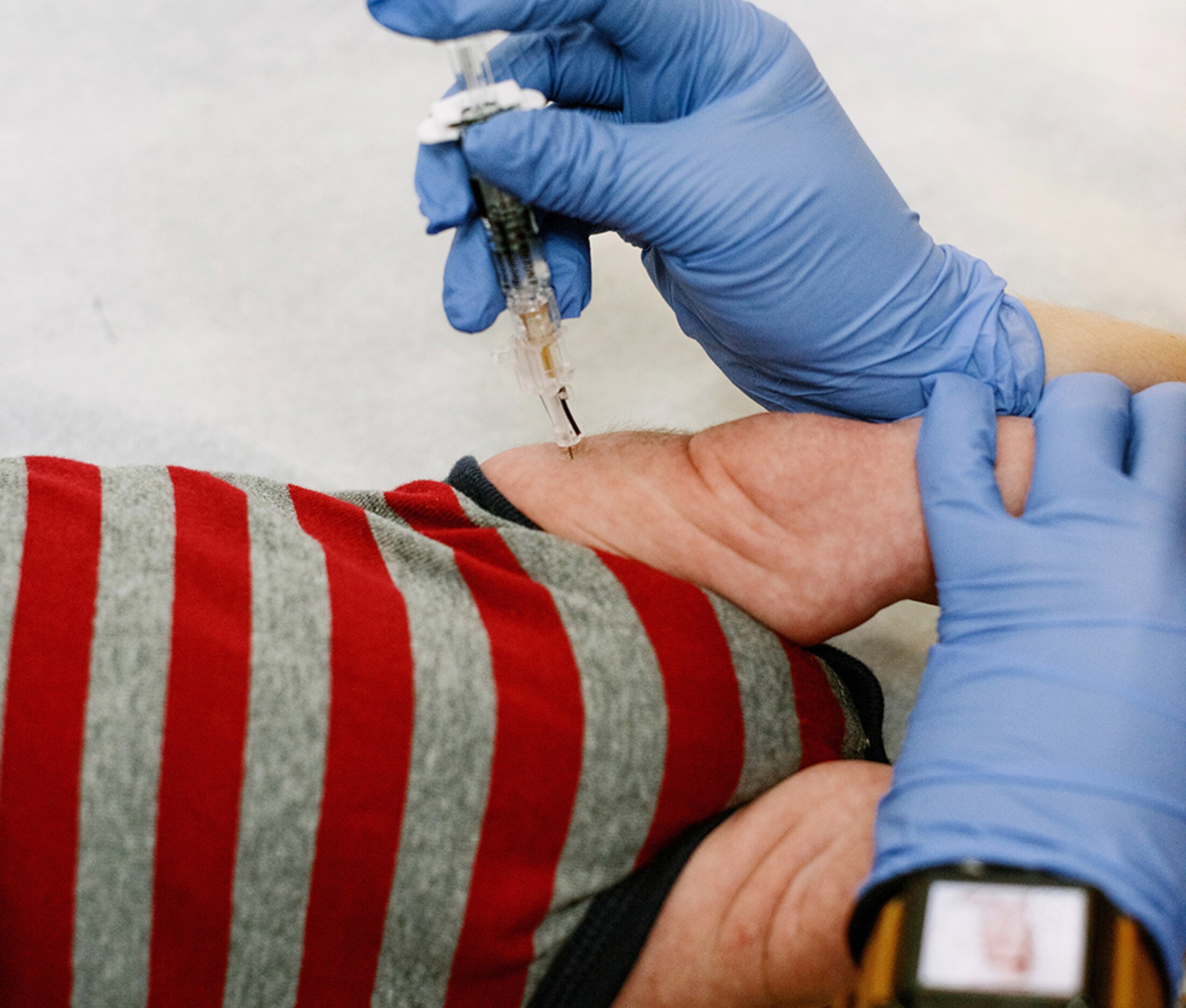 Health: Will Kennedy dismantle U.S. immunization policy?
Health: Will Kennedy dismantle U.S. immunization policy?Feature ‘America’s vaccine playbook is being rewritten by people who don’t believe in them’
-
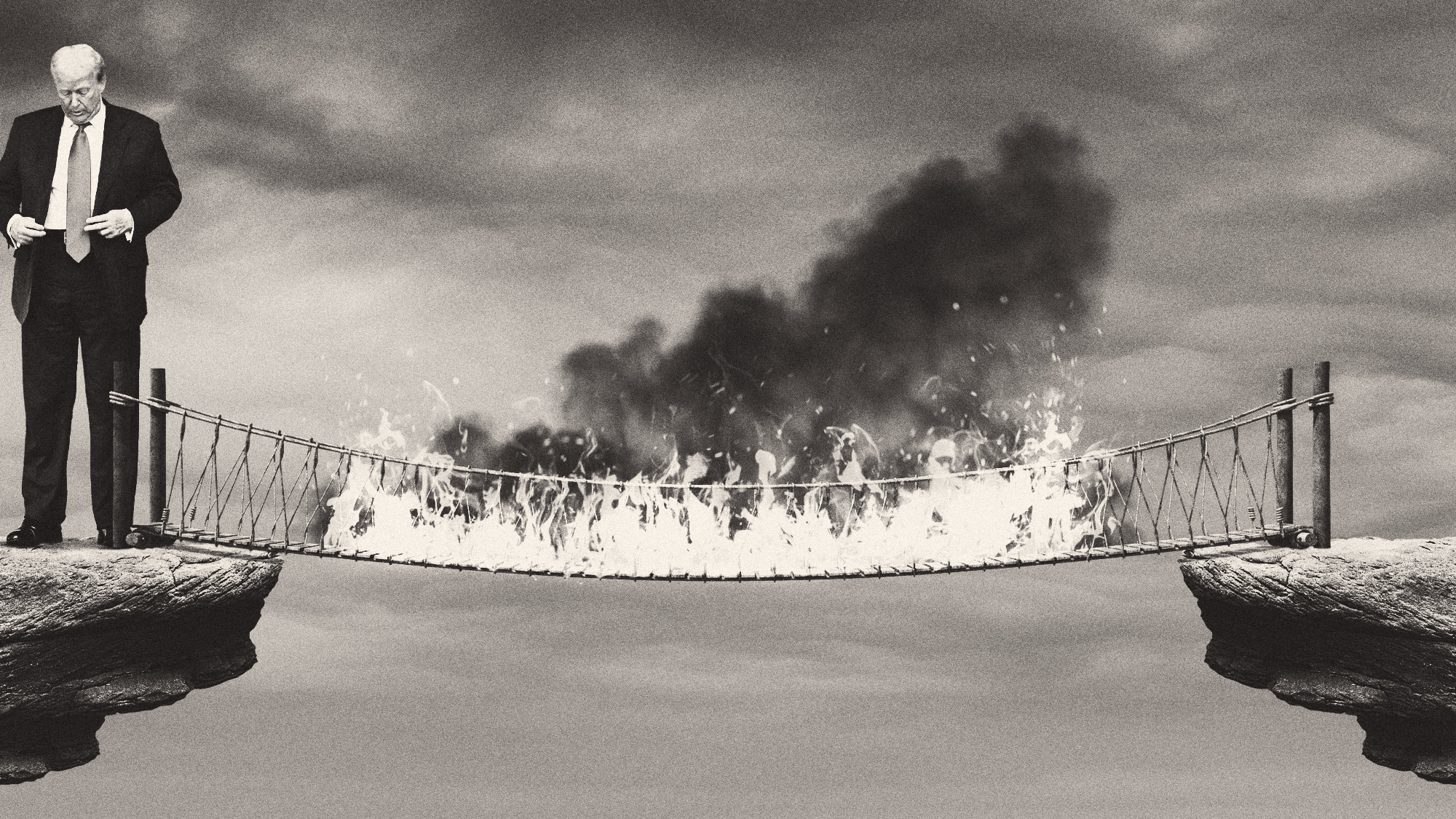 Did Trump just end the US-Europe alliance?
Did Trump just end the US-Europe alliance?Today's Big Question New US national security policy drops ‘grenade’ on Europe and should serve as ‘the mother of all wake-up calls’
-
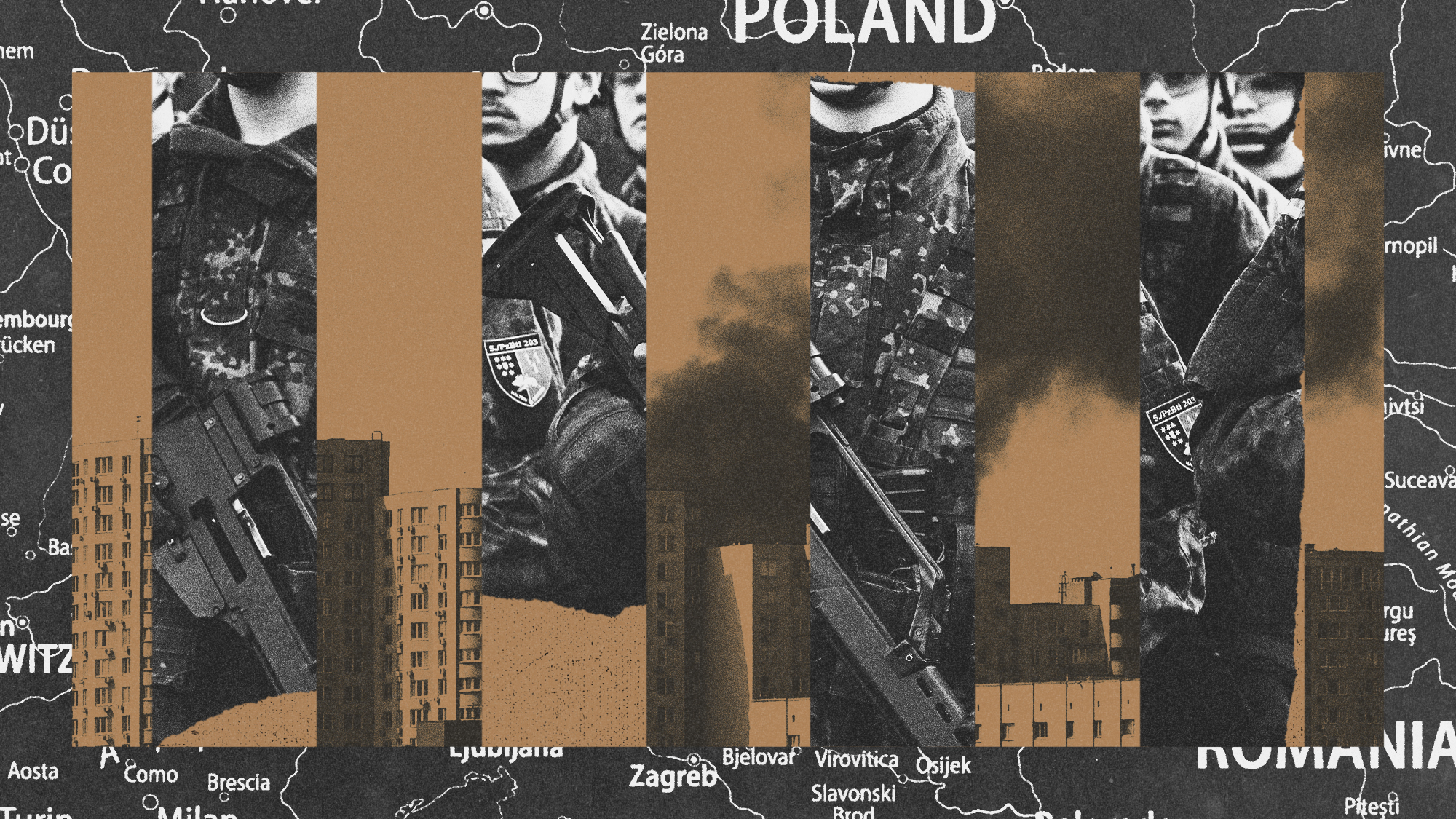 Is conscription the answer to Europe’s security woes?
Is conscription the answer to Europe’s security woes?Today's Big Question How best to boost troop numbers to deal with Russian threat is ‘prompting fierce and soul-searching debates’
-
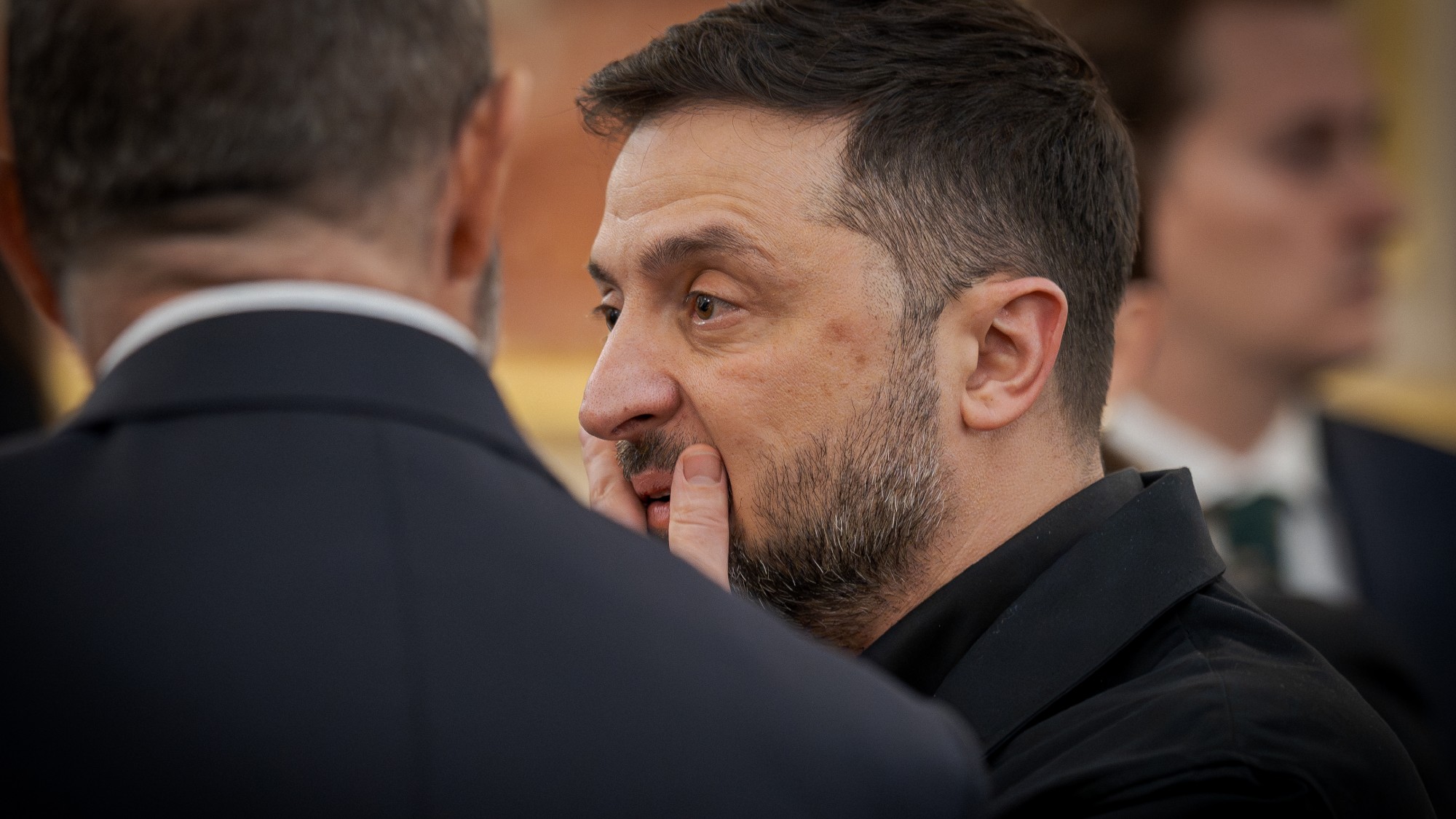 Trump peace deal: an offer Zelenskyy can’t refuse?
Trump peace deal: an offer Zelenskyy can’t refuse?Today’s Big Question ‘Unpalatable’ US plan may strengthen embattled Ukrainian president at home
-
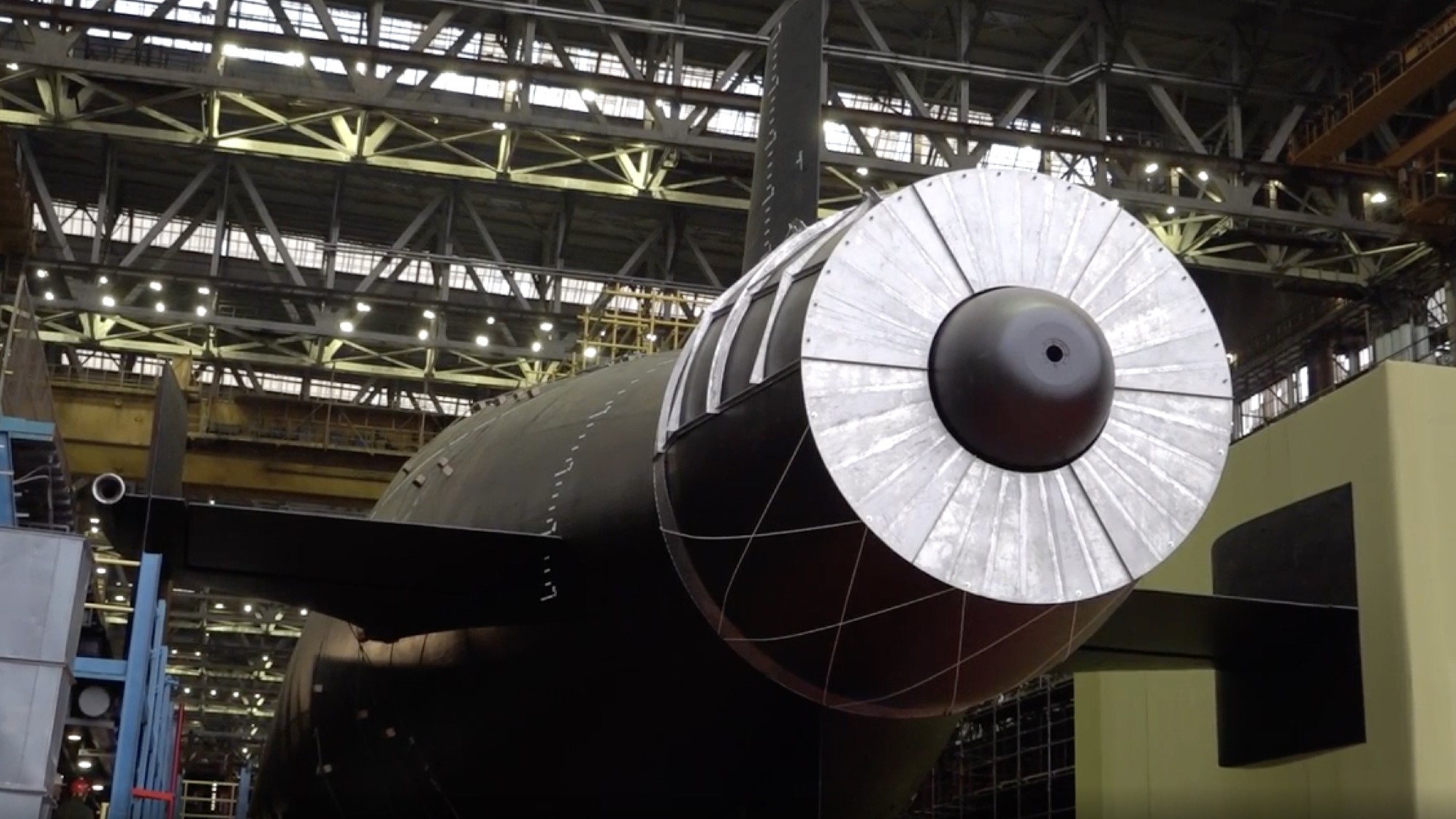 Vladimir Putin’s ‘nuclear tsunami’ missile
Vladimir Putin’s ‘nuclear tsunami’ missileThe Explainer Russian president has boasted that there is no way to intercept the new weapon
-
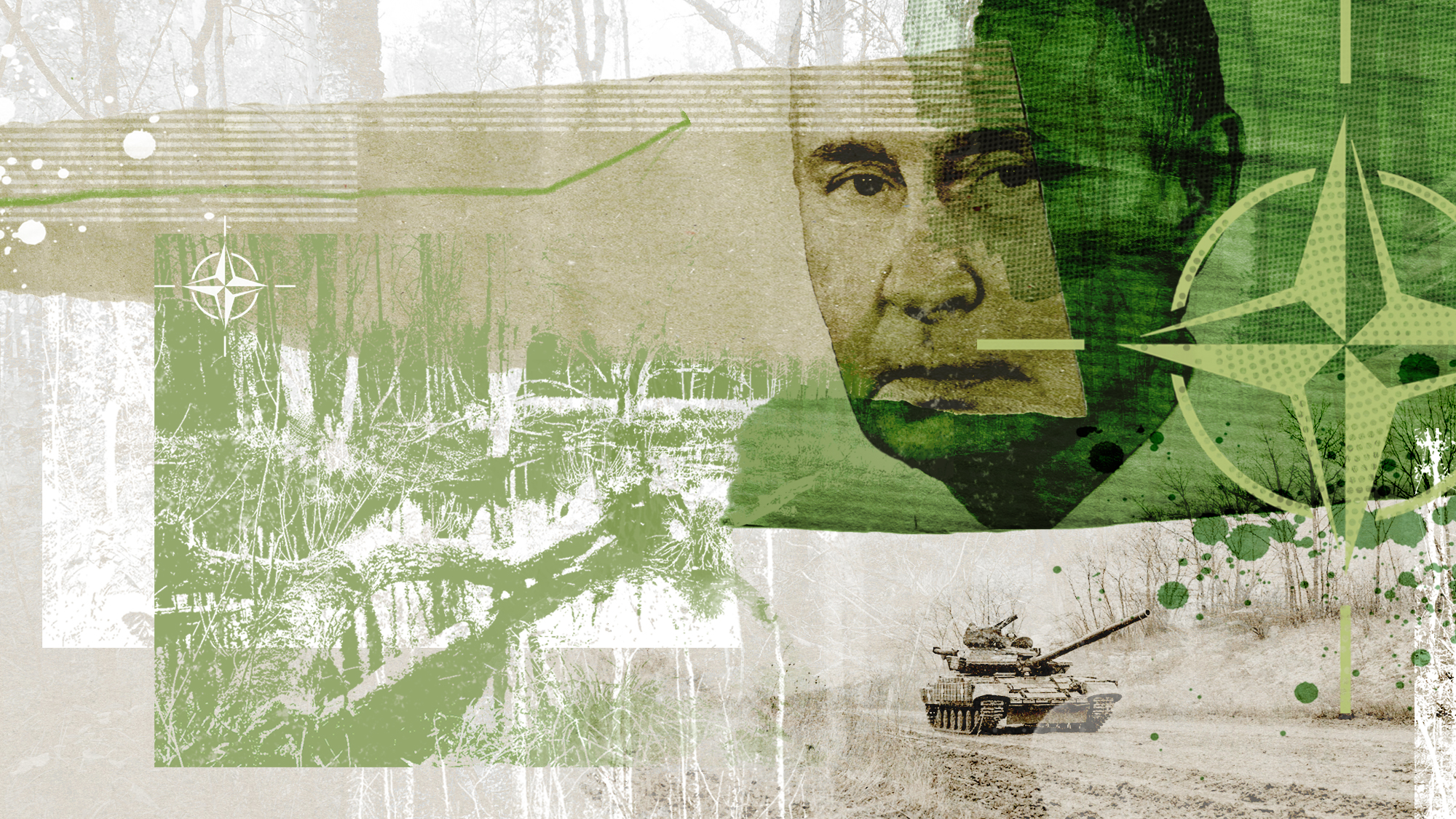 The Baltic ‘bog belt’ plan to protect Europe from Russia
The Baltic ‘bog belt’ plan to protect Europe from RussiaUnder the Radar Reviving lost wetland on Nato’s eastern flank would fuse ‘two European priorities that increasingly compete for attention and funding: defence and climate’
-
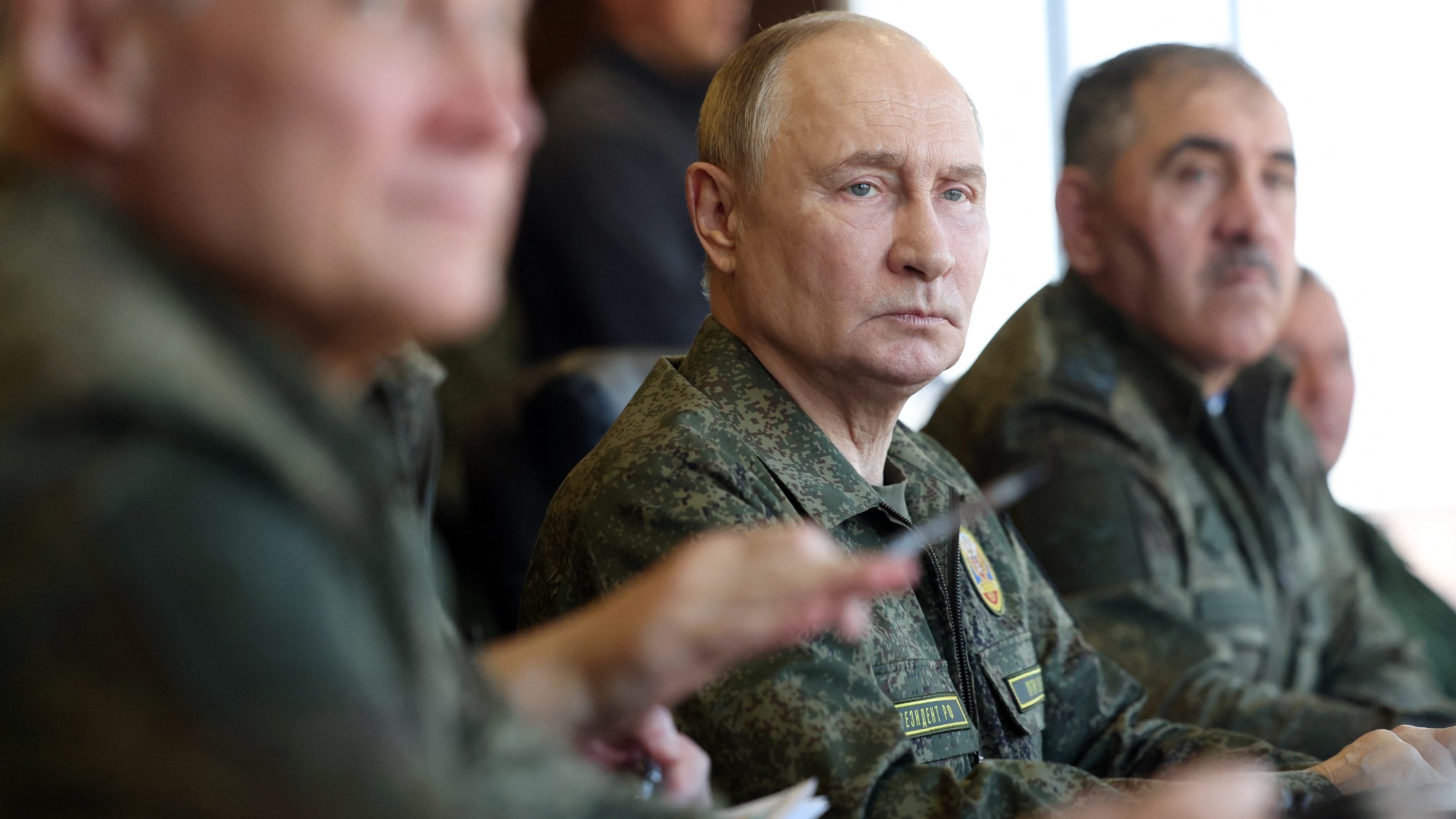 How should Nato respond to Putin’s incursions?
How should Nato respond to Putin’s incursions?Today’s big question Russia has breached Nato airspace regularly this month, and nations are primed to respond
-
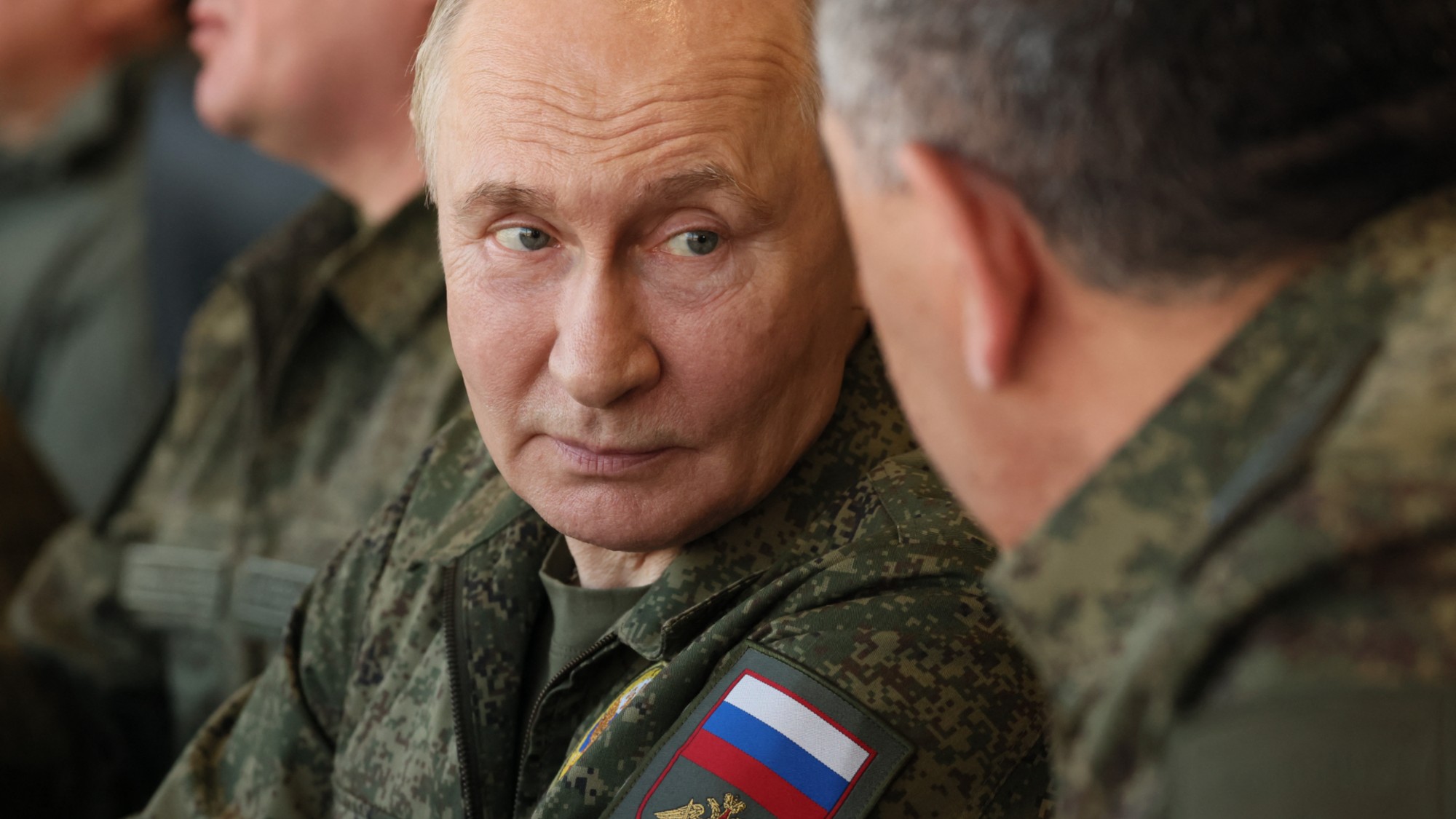 Russia’s war games and the threat to Nato
Russia’s war games and the threat to NatoIn depth Incursion into Poland and Zapad 2025 exercises seen as a test for Europe
-
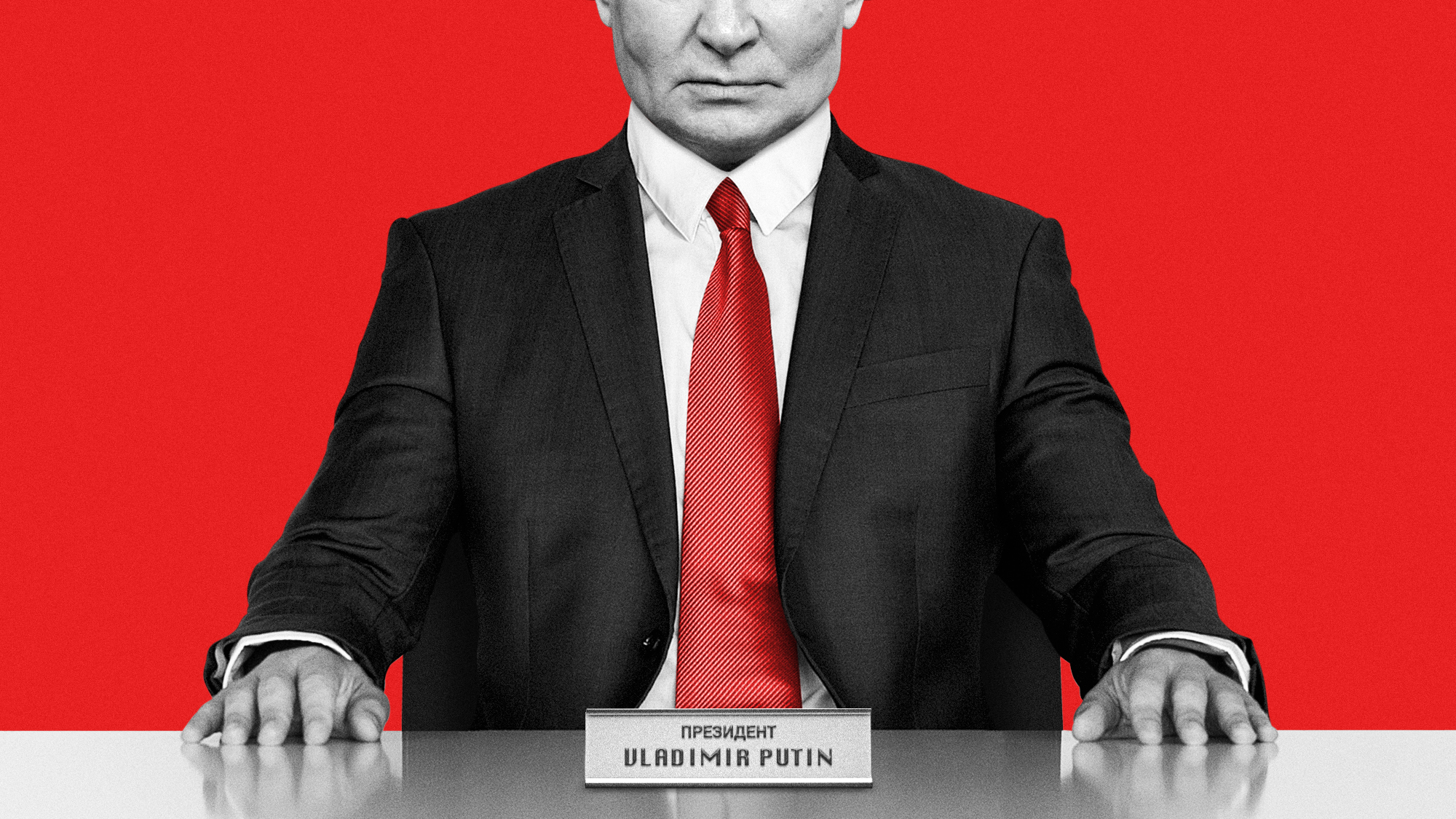 What will bring Vladimir Putin to the negotiating table?
What will bring Vladimir Putin to the negotiating table?Today’s Big Question With diplomatic efforts stalling, the US and EU turn again to sanctions as Russian drone strikes on Poland risk dramatically escalating conflict
